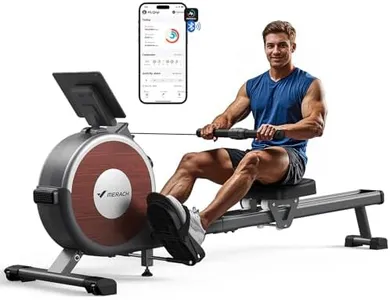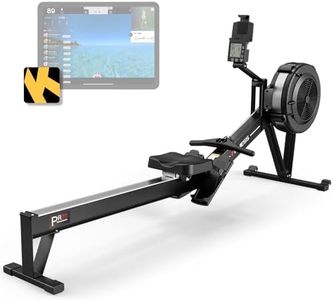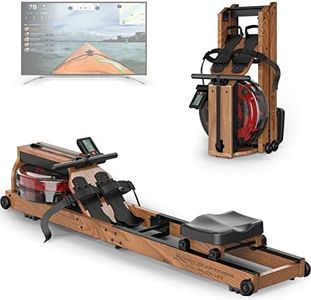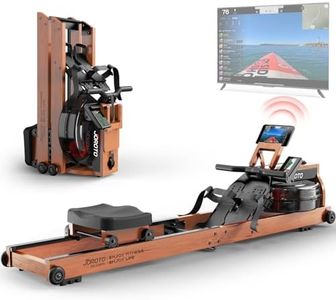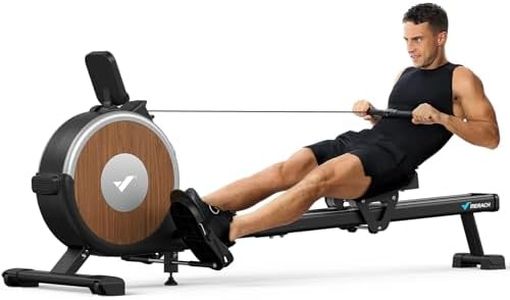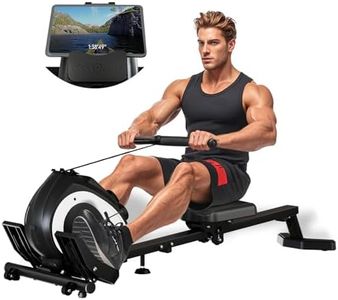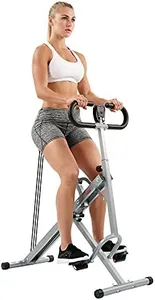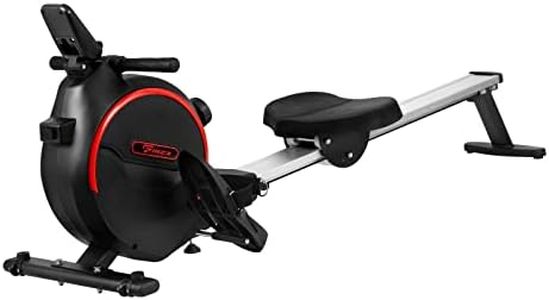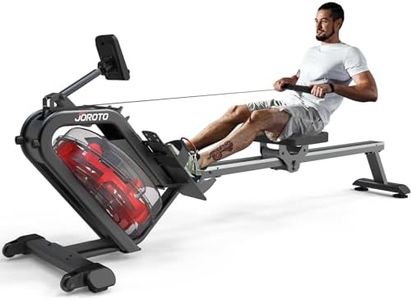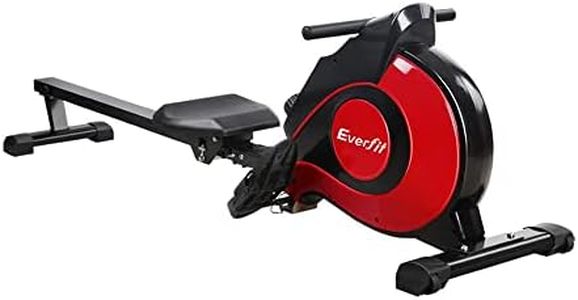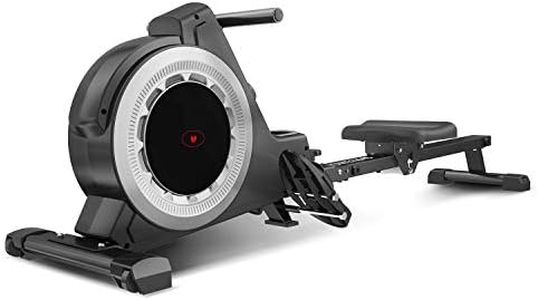We Use CookiesWe use cookies to enhance the security, performance,
functionality and for analytical and promotional activities. By continuing to browse this site you
are agreeing to our privacy policy
10 Best Budget Rowing Machine
From leading brands and best sellers available on the web.Buying Guide for the Best Budget Rowing Machine
Choosing a rowing machine can greatly improve your home fitness routine, whether you're looking for a high-intensity workout or just a way to stay active indoors. When picking the right rowing machine, it's important to look at several factors that influence your workout experience, durability, and ease of use. Understanding the key specifications helps you align the machine with your fitness goals, available space, and desired comfort.Resistance TypeResistance type refers to the mechanism the rowing machine uses to provide resistance during your workout. The most common types are air, magnetic, hydraulic, and water. Air and water rowers tend to offer smoother, more natural resistance that adjusts automatically to your rowing intensity, making them ideal for those seeking a realistic rowing feel or interval training. Magnetic rowers allow you to set resistance manually and are usually quieter, making them a good choice if noise is a concern or you want consistent resistance. Hydraulic rowers are usually more compact, so they're well-suited for those with limited space, but their resistance may not always feel as smooth. Choosing the right resistance type depends on your workout preference, noise tolerance, and space availability.
Flywheel WeightThe flywheel is the spinning part that creates resistance, particularly important in air and water rowers. Its weight affects the smoothness and consistency of each rowing stroke. Heavier flywheels offer smoother and more stable motion but can also make the machine heavier and harder to move. Lighter flywheels may be easier to handle but might result in a choppier rowing experience. If you value smoothness and realistic feel, opt for a heavier flywheel, but if you need portability, a lighter one might suit you better.
Rail LengthRail length is the distance the seat travels with each stroke. It's important because it affects how comfortably users of different heights can use the rower. Shorter rails are suitable for people with shorter inseams, while longer rails accommodate taller users with longer legs. When choosing, consider your own height and inseam: if you're tall or want to ensure full leg extension during workouts, look for a longer rail. Always check the machine's listed inseam or height accommodation to avoid discomfort.
Monitor FeaturesThe monitor on a rowing machine displays essential workout metrics like time, distance, stroke rate, calories, and sometimes heart rate or pre-set programs. Basic monitors show minimal information, while advanced ones track more metrics and might connect to apps or offer training programs. If you're just starting and want simple feedback, a basic monitor is fine. If you have specific fitness goals or want more motivation and data, look for a machine with a more comprehensive monitor.
Size and StorageSize and storage concern the overall footprint of the rower and whether it can be folded or stored easily when not in use. Large machines provide a more stable workout but can take up significant space, while compact or foldable models are convenient for small apartments or shared spaces. Before choosing, consider where you'll place the machine and how much room you can dedicate to it. Foldable features are a great benefit if storage space is a concern.
Weight CapacityWeight capacity refers to the maximum user weight the machine is designed to support safely. This is important for durability, user safety, and machine longevity. Machines with higher weight limits are generally more robust and stable. Always check this figure and pick a model that suits your weight profile to ensure safety and lasting performance.


